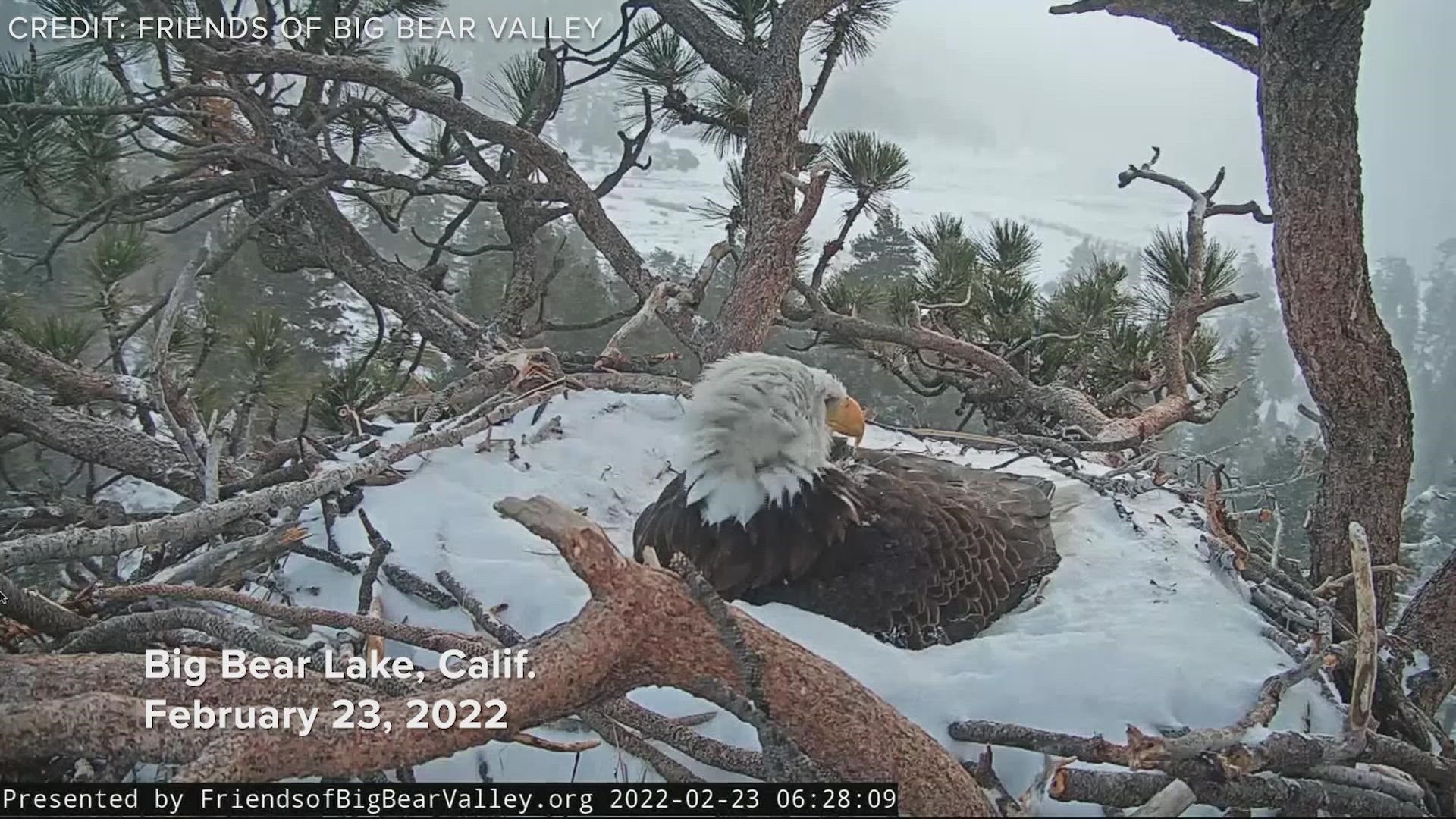SOUTH LAKE TAHOE, Calif. — Euthanasia appears to be off the table as a fate for ‘Hank the Tank,’ a 500-pound black bear that has been causing destruction in a South Lake Tahoe neighborhood in recent months – and going viral in recent days.
As ABC10 reported, the California Department of Fish and Wildlife (CDFW) had been trying to trap the bear, citing more than two dozen home break-ins and more than 30 documented cases of extensive property damage.
However, the department said in a blog post Thursday that this ursa major didn’t act alone, as previously thought.
“While recent incidents of bears invading homes were originally thought to be a single bear, DNA evidence collected from the most recent incident as well as prior incidents over the past several months prove that at least three bears were responsible for breaking into numerous residences,” the post said.
What might be more relieving to many people, who came to Hank’s defense and called on officials to find an alternative to euthanasia, is that the CDFW now says it plans on keeping not only Hank but also his partners in crime – alive.
“Considering new evidence suggesting multiple bears are responsible for recent incidents, CDFW will work in coming weeks and months to trap bears in the South Lake Tahoe area, tag them, collect evidence for genetic analysis, and then release them into suitable habitat,” the post said.
To be clear, euthanasia is not the CDFW’s go-to choice, said spokesperson Peter Tira.
“We only have three management options available to us (through the state’s black bear policy), and quite frankly, none of them are ideal,” Tira said. “There's relocation to another area, there is placement in an accredited facility that can accommodate the bear and – lastly - euthanasia, which is always the option of last resort.”
He said this policy kicks in when a black bear is “severely food habituated,” meaning the bear has lost all fear of people.
“This is a 500-pound wild animal forcing its way into people’s homes, so – you know – we can’t have this scenario keep playing out, right? What if it breaks into a home with toddlers around? What if something startles this bear while it’s in a house?” Tira said.
In other words, doing nothing is not an option, but euthanizing the bear is not the only choice.
Just the threat of euthanasia, however, has prompted people from all over the country to speak up in support of Hank in recent days, after his size and destructive activities brought national attention. He became so popular that the South Lake Tahoe Police Department (SLTPD) posted on Facebook a request for people to stop calling SLTPD dispatch “to voice your opinion about Hank,” the post said. “They're being inundated with aggressive callers, taking away from their ability to handle actual emergency calls.”
Tira said, while the South Lake Tahoe area is known as a place where humans and bears can easily cross paths – thanks to the high density of each species’ population there, COVID-19 has prompted an uptick in those encounters.
“A lot of people wanted to get out of the cities,” Tira said, “So a lot of newcomers arrived in the Tahoe area – both visiting and permanent residents – and they may not have that bear awareness or bear education background, so bears were provided a lot more access to trash, garbage, etcetera—inadvertently.”
He said the Caldor Fire that threatened South Lake Tahoe this past fall emboldened bears even further.
“We had parts of Lake Tahoe evacuated for weeks at a time, and the bears kind of had free run at the place,” Tira said.
Ultimately, humans are in the bears’ territory, so it’s up to the people to help keep bears wild, both for their safety and everyone else's.
“They will find that human food and trash and pet food and those kinds of things, because it's an easier meal, a lot of times, than foraging in the wild,” Tira said. “You have to behave differently when you go to Lake Tahoe. I mean, simple things like leaving an empty Starbucks cup in your car, for example, while you go for a hike or something, you know, bears will smell that.”
Bears look to cars, campers, tents, garbage cans and other human spaces for food, he said, “so you have to be 'bear aware.' You have to do some things differently in Tahoe, in terms of taking the extra measures to secure your food and garbage.”
WATCH ALSO:



















